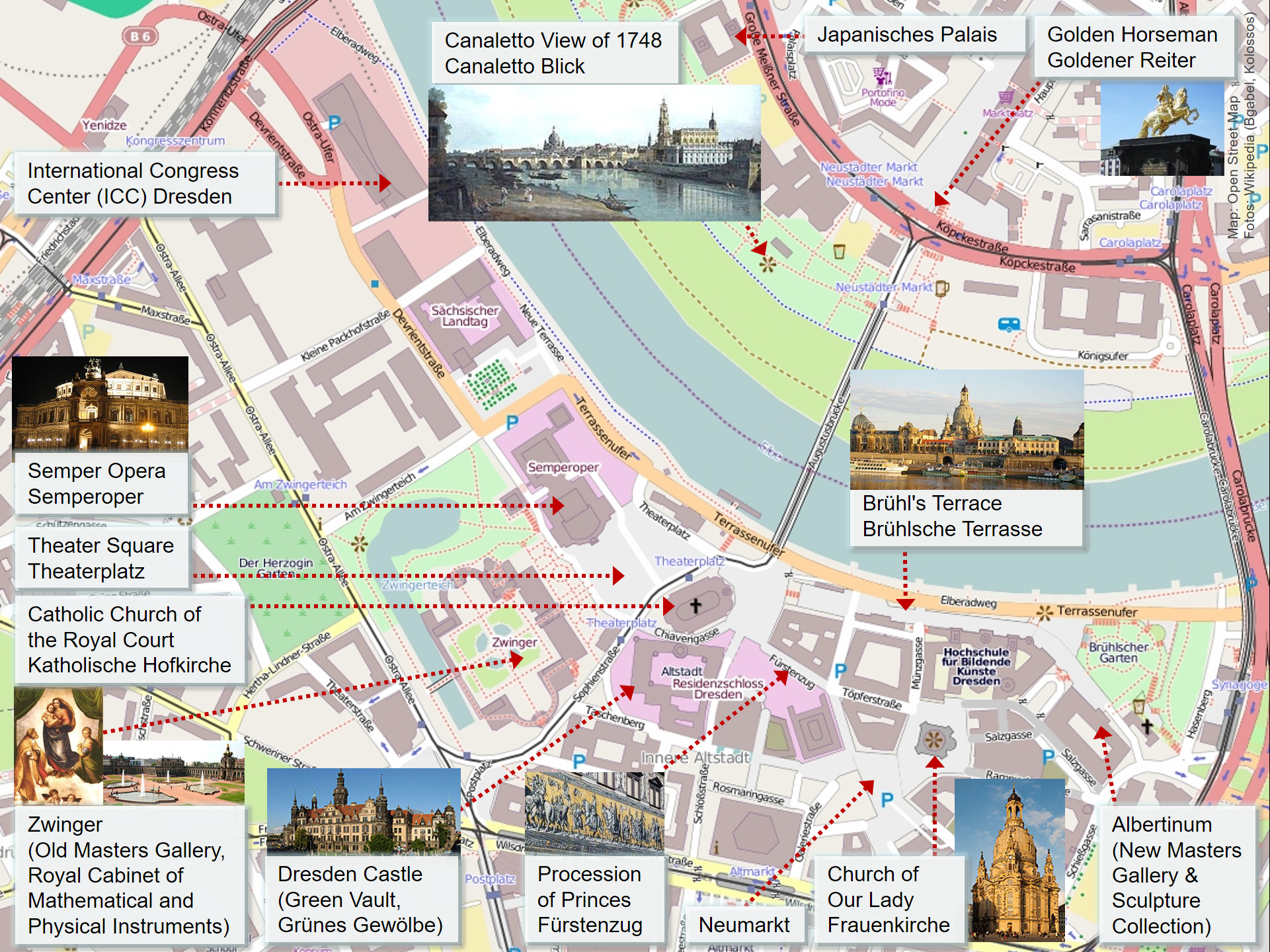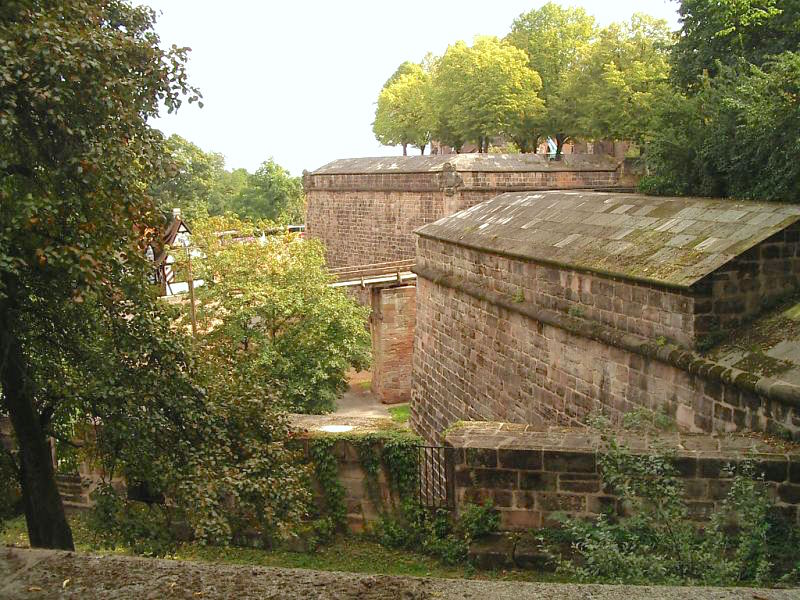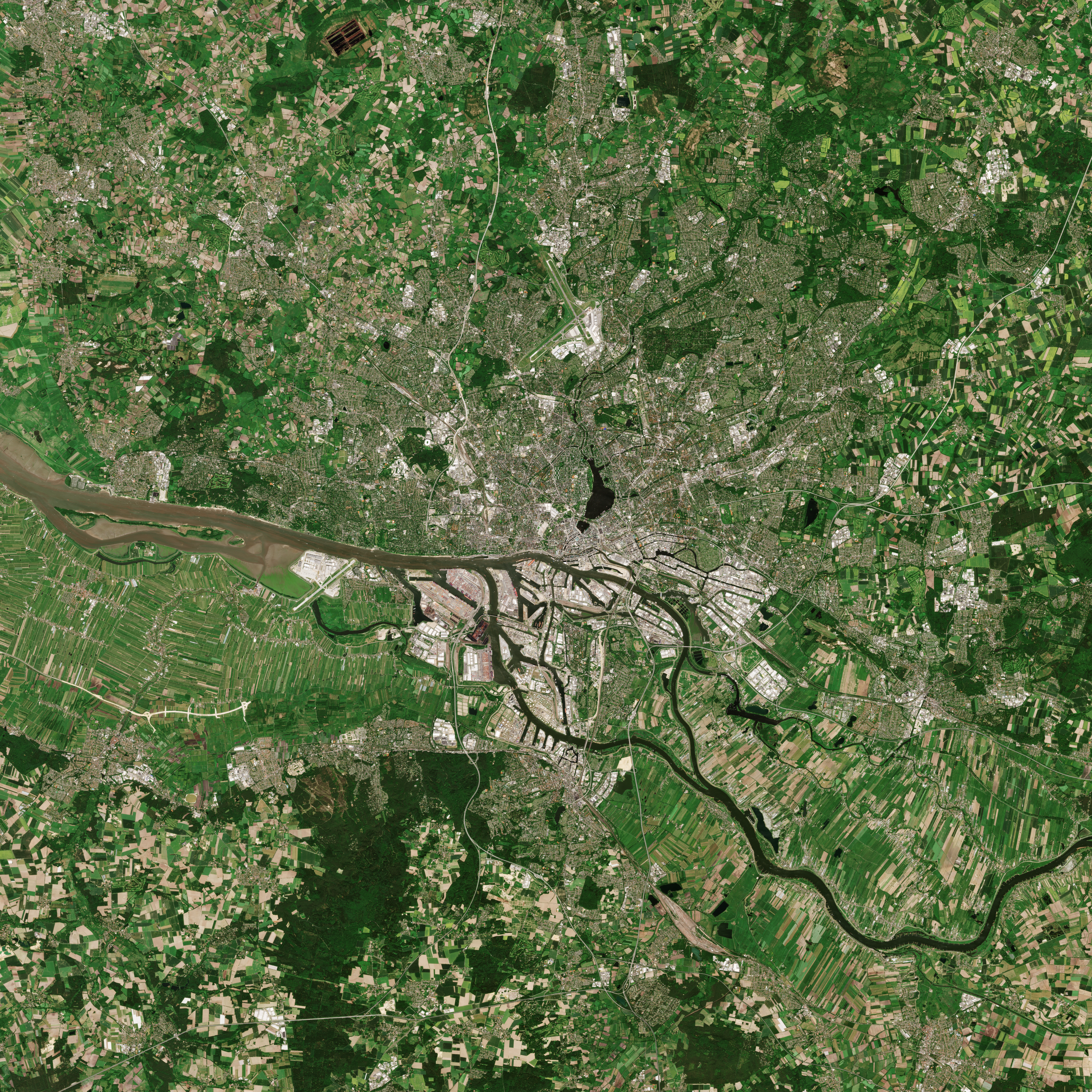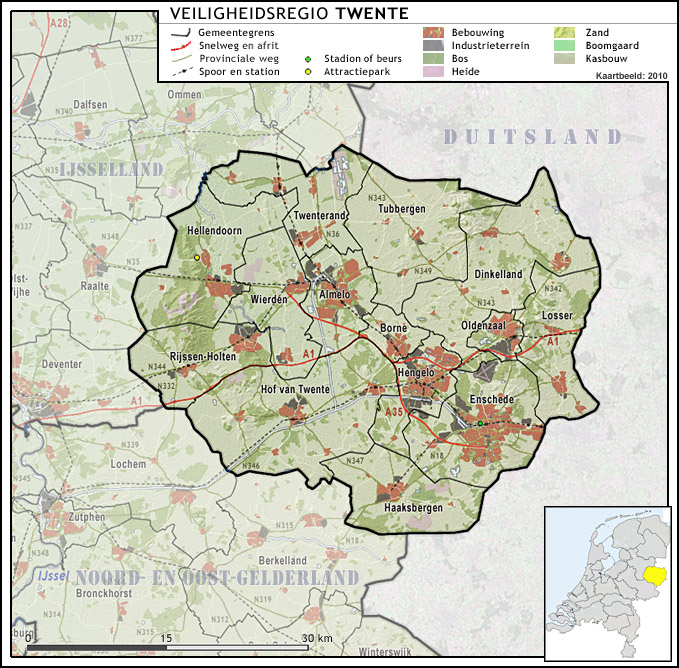|
Linux Kongress
The Linux Kongress was an annual conference of Linux developers from around the world, that took place every year from 1994 to 2010. It started as a two-day conference in 1994, when Linux was in the early stages of development, and by 2003 had become a four-day event. It occurred every year in Germany except 2001 and 2007. During its lifespan, Linux-Kongress was one of the three major international grass-roots Linux and Open Source conferences in the world, along with linux.conf.au and Ottawa Linux Symposium. The focus of Linux-Kongress was development topics, either in kernel or user space. The conference language was English. By the end, the event consisted of two days of conference preceded by two days of tutorials. Notable speakers The conference was a meeting place for many different types of developers. Speakers at the conference included kernel developers like Linus Torvalds, Alan Cox, Theodore Ts'o, Rusty Russell, James Bottomley, user space developers like Kalle Dalheimer ... [...More Info...] [...Related Items...] OR: [Wikipedia] [Google] [Baidu] |
Linux
Linux ( or ) is a family of open-source Unix-like operating systems based on the Linux kernel, an operating system kernel first released on September 17, 1991, by Linus Torvalds. Linux is typically packaged as a Linux distribution, which includes the kernel and supporting system software and libraries, many of which are provided by the GNU Project. Many Linux distributions use the word "Linux" in their name, but the Free Software Foundation uses the name "GNU/Linux" to emphasize the importance of GNU software, causing some controversy. Popular Linux distributions include Debian, Fedora Linux, and Ubuntu, the latter of which itself consists of many different distributions and modifications, including Lubuntu and Xubuntu. Commercial distributions include Red Hat Enterprise Linux and SUSE Linux Enterprise. Desktop Linux distributions include a windowing system such as X11 or Wayland, and a desktop environment such as GNOME or KDE Plasma. Distributions intended for ... [...More Info...] [...Related Items...] OR: [Wikipedia] [Google] [Baidu] |
LinuxCon
Open Source Summit (formerly LinuxCon) is a name for a series of annual conventions organized each year since 2009 by the Linux Foundation. The first LinuxCon took place in North America. Linux Foundation started organizing similar events in Europe and Japan. The original LinuxCon was rebranded LinuxCon North America, adding to the list LinuxCon Europe and LinuxCon Japan. Apart from keynotes given by some high-profile Linux people (such as Linus Torvalds or Greg Kroah-Hartman in 2009), Open Source Summit is increasingly used as a platform for open source thought leaders, influencers, hiring managers, professionals, and developers in Information technology to talk about their plans for the technological landscape and announce major news. For example, Nokia confirmed in 2010 the delivering of the first MeeGo device this same year, or Oracle Corporation explained in 2010 where they were heading for their Linux efforts after their acquisition of Sun Microsystems. Uber and Lyft announce ... [...More Info...] [...Related Items...] OR: [Wikipedia] [Google] [Baidu] |
Dresden
Dresden (, ; Upper Saxon: ''Dräsdn''; wen, label=Upper Sorbian, Drježdźany) is the capital city of the German state of Saxony and its second most populous city, after Leipzig. It is the 12th most populous city of Germany, the fourth largest by area (after Berlin, Hamburg and Cologne), and the third most populous city in the area of former East Germany, after Berlin and Leipzig. Dresden's urban area comprises the towns of Freital, Pirna, Radebeul, Meissen, Coswig, Radeberg and Heidenau and has around 790,000 inhabitants. The Dresden metropolitan area has approximately 1.34 million inhabitants. Dresden is the second largest city on the River Elbe after Hamburg. Most of the city's population lives in the Elbe Valley, but a large, albeit very sparsely populated area of the city east of the Elbe lies in the West Lusatian Hill Country and Uplands (the westernmost part of the Sudetes) and thus in Lusatia. Many boroughs west of the Elbe lie in the foreland of th ... [...More Info...] [...Related Items...] OR: [Wikipedia] [Google] [Baidu] |
LinuxConf
Linuxconf is a system configuration tool for the Linux operating system. It features different user interfaces: a text interface or a graphical user interface in the form of a Web page or native application. Most Linux distributions consider it deprecated compared to other tools such as Webmin, the system-config-* tools on Red Hat Enterprise Linux/Fedora, drakconf on Mandriva, YaST on openSUSE and so on. Linuxconf was deprecated from Red Hat Linux in version 7.1 in April 2001. It was created by Jacques Gélinas of Solucorp, a company based in Québec. It is licensed under the terms of the GNU General Public License The GNU General Public License (GNU GPL or simply GPL) is a series of widely used free software licenses that guarantee end user In product development, an end user (sometimes end-user) is a person who ultimately uses or is intended to ulti .... References External links Linuxconf home page Free system software Linux configuration utilities Unix configura ... [...More Info...] [...Related Items...] OR: [Wikipedia] [Google] [Baidu] |
Cambridge
Cambridge ( ) is a university city and the county town in Cambridgeshire, England. It is located on the River Cam approximately north of London. As of the 2021 United Kingdom census, the population of Cambridge was 145,700. Cambridge became an important trading centre during the Roman and Viking ages, and there is archaeological evidence of settlement in the area as early as the Bronze Age. The first town charters were granted in the 12th century, although modern city status was not officially conferred until 1951. The city is most famous as the home of the University of Cambridge, which was founded in 1209 and consistently ranks among the best universities in the world. The buildings of the university include King's College Chapel, Cavendish Laboratory, and the Cambridge University Library, one of the largest legal deposit libraries in the world. The city's skyline is dominated by several college buildings, along with the spire of the Our Lady and the English Marty ... [...More Info...] [...Related Items...] OR: [Wikipedia] [Google] [Baidu] |
Nuremberg
Nuremberg ( ; german: link=no, Nürnberg ; in the local East Franconian dialect: ''Nämberch'' ) is the second-largest city of the German state of Bavaria after its capital Munich, and its 518,370 (2019) inhabitants make it the 14th-largest city in Germany. On the Pegnitz River (from its confluence with the Rednitz in Fürth onwards: Regnitz, a tributary of the Main (river), River Main) and the Rhine–Main–Danube Canal, it lies in the Bavarian Regierungsbezirk, administrative region of Middle Franconia, and is the largest city and the unofficial capital of Franconia. Nuremberg forms with the neighbouring cities of Fürth, Erlangen and Schwabach a continuous conurbation with a total population of 800,376 (2019), which is the heart of the urban area region with around 1.4 million inhabitants, while the larger Nuremberg Metropolitan Region has approximately 3.6 million inhabitants. The city lies about north of Munich. It is the largest city in the East Franconian dialec ... [...More Info...] [...Related Items...] OR: [Wikipedia] [Google] [Baidu] |
Hamburg
Hamburg (, ; nds, label=Hamburg German, Low Saxon, Hamborg ), officially the Free and Hanseatic City of Hamburg (german: Freie und Hansestadt Hamburg; nds, label=Low Saxon, Friee un Hansestadt Hamborg),. is the List of cities in Germany by population, second-largest city in Germany after Berlin, as well as the overall List of cities in the European Union by population within city limits, 7th largest city and largest non-capital city in the European Union with a population of over 1.85 million. Hamburg's urban area has a population of around 2.5 million and is part of the Hamburg Metropolitan Region, which has a population of over 5.1 million people in total. The city lies on the River Elbe and two of its tributaries, the River Alster and the Bille (Elbe), River Bille. One of Germany's 16 States of Germany, federated states, Hamburg is surrounded by Schleswig-Holstein to the north and Lower Saxony to the south. The official name reflects History of Hamburg, Hamburg's history ... [...More Info...] [...Related Items...] OR: [Wikipedia] [Google] [Baidu] |
Saarbrücken
Saarbrücken (; french: link=no, Sarrebruck ; Rhine Franconian: ''Saarbrigge'' ; lb, Saarbrécken ; lat, Saravipons, lit=The Bridge(s) across the Saar river) is the capital and largest city of the state of Saarland, Germany. Saarbrücken is Saarland's administrative, commercial and cultural centre and is next to the French border. The modern city of Saarbrücken was created in 1909 by the merger of three towns, Saarbrücken, St. Johann, and Malstatt-Burbach. It was the industrial and transport centre of the Saar coal basin. Products included iron and steel, sugar, beer, pottery, optical instruments, machinery, and construction materials. Historic landmarks in the city include the stone bridge across the Saar (1546), the Gothic church of St. Arnual, the 18th-century Saarbrücken Castle, and the old part of the town, the ''Sankt Johanner Markt'' (Market of St. Johann). In the 20th century, Saarbrücken was twice separated from Germany: from 1920 to 1935 as ca ... [...More Info...] [...Related Items...] OR: [Wikipedia] [Google] [Baidu] |
Twente
Twente ( nl, Twente , Tweants dialect: ''Tweante'') is a region in the eastern Netherlands. It encompasses the most urbanised and easternmost part of the province of Overijssel. Twente is most likely named after the Tuihanti or Tvihanti, a Germanic tribe that settled in the area and was mentioned by the Roman historian Tacitus. The region's borders are defined by the Overijssel region of Salland in the northwest and west (the river Regge roughly defines the western border), the German County of Bentheim in the northeast and east (the river Dinkel roughly defines the eastern border) and the Gelderland region of the Achterhoek in the south. Twente has approximately 620,000 inhabitants, most of whom live in its three largest cities: Almelo, Hengelo and Enschede, the latter being the main city of the region. It comprises fourteen municipalities: Almelo, Borne, Dinkelland, Enschede, Haaksbergen, Hellendoorn, Hengelo, Hof van Twente, Losser, Oldenzaal, Rijssen-Holten, Tub ... [...More Info...] [...Related Items...] OR: [Wikipedia] [Google] [Baidu] |
Erlangen
Erlangen (; East Franconian: ''Erlang'', Bavarian: ''Erlanga'') is a Middle Franconian city in Bavaria, Germany. It is the seat of the administrative district Erlangen-Höchstadt (former administrative district Erlangen), and with 116,062 inhabitants (as of 30 March 2022), it is the smallest of the eight major cities (''Großstadt'') in Bavaria. The number of inhabitants exceeded the threshold of 100,000 in 1974, making Erlangen a major city according to the statistical definition officially used in Germany. Together with Nuremberg, Fürth, and Schwabach, Erlangen forms one of the three metropolises in Bavaria. With the surrounding area, these cities form the European Metropolitan Region of Nuremberg, one of 11 metropolitan areas in Germany. The cities of Nuremberg, Fürth, and Erlangen also form a triangle on a map, which represents the heartland of the Nuremberg conurbation. An element of the city that goes back a long way in history, but is still noticeable, is the settlemen ... [...More Info...] [...Related Items...] OR: [Wikipedia] [Google] [Baidu] |
Augsburg
Augsburg (; bar , Augschburg , links=https://en.wikipedia.org/wiki/Swabian_German , label=Swabian German, , ) is a city in Swabia, Bavaria, Germany, around west of Bavarian capital Munich. It is a university town and regional seat of the ''Regierungsbezirk'' Schwaben with an impressive Altstadt (historical city centre). Augsburg is an urban district and home to the institutions of the Landkreis Augsburg. It is the third-largest city in Bavaria (after Munich and Nuremberg) with a population of 300,000 inhabitants, with 885,000 in its metropolitan area. After Neuss, Trier, Cologne and Xanten, Augsburg is one of Germany's oldest cities, founded in 15 BC by the Romans as Augusta Vindelicorum, named after the Roman emperor Augustus. It was a Free Imperial City from 1276 to 1803 and the home of the patrician Fugger and Welser families that dominated European banking in the 16th century. According to Behringer, in the sixteenth century, it became "the dominant centre of early cap ... [...More Info...] [...Related Items...] OR: [Wikipedia] [Google] [Baidu] |
Cologne
Cologne ( ; german: Köln ; ksh, Kölle ) is the largest city of the German western state of North Rhine-Westphalia (NRW) and the fourth-most populous city of Germany with 1.1 million inhabitants in the city proper and 3.6 million people in the urban region. Centered on the left (west) bank of the Rhine, Cologne is about southeast of NRW's state capital Düsseldorf and northwest of Bonn, the former capital of West Germany. The city's medieval Catholic Cologne Cathedral (), the third-tallest church and tallest cathedral in the world, constructed to house the Shrine of the Three Kings, is a globally recognized landmark and one of the most visited sights and pilgrimage destinations in Europe. The cityscape is further shaped by the Twelve Romanesque churches of Cologne, and Cologne is famous for Eau de Cologne, that has been produced in the city since 1709, and "cologne" has since come to be a generic term. Cologne was founded and established in Germanic ... [...More Info...] [...Related Items...] OR: [Wikipedia] [Google] [Baidu] |
.jpg)








